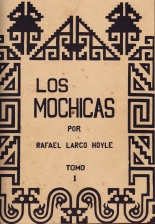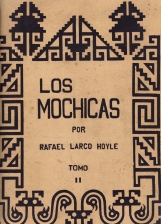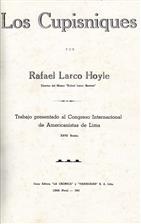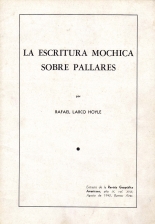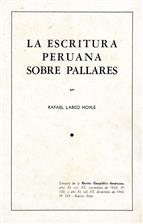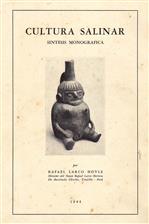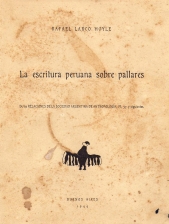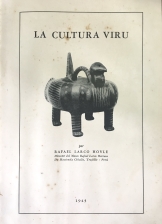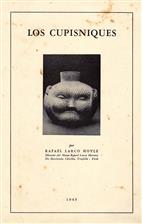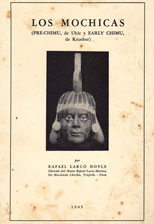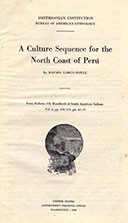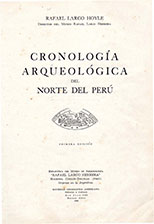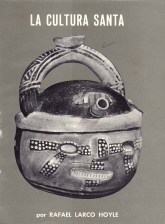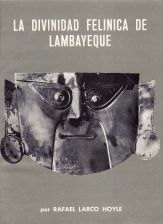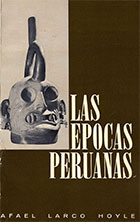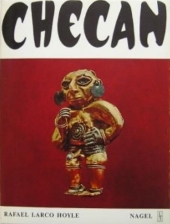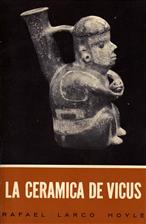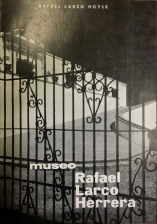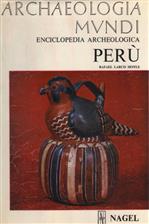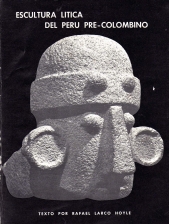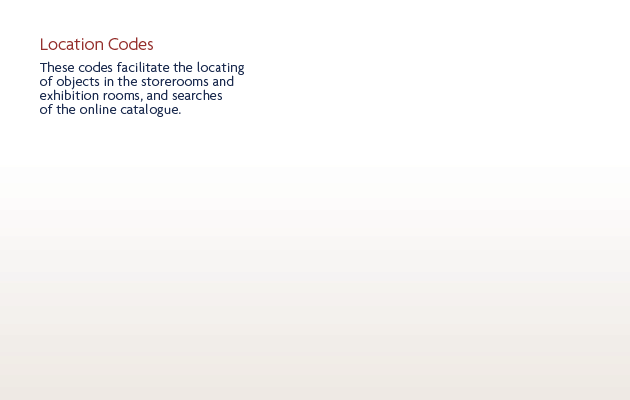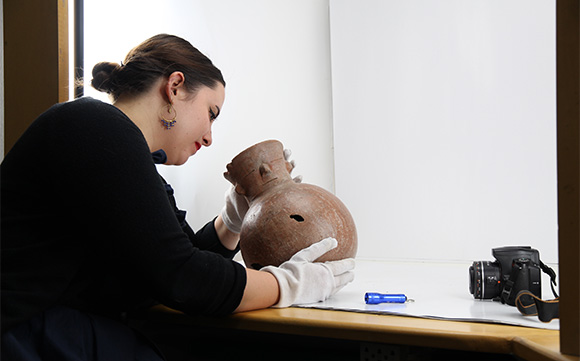History of the Collection
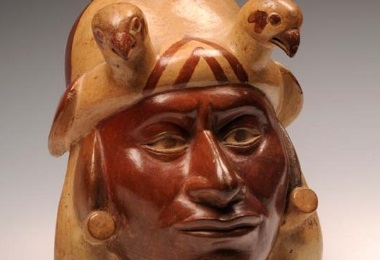
First Museo Larco collection piece. ML013572
Rafael Larco Hoyle started the process of gathering together the museum’s collection with the first piece given to him by his father (Rafael Larco Herrera) in 1923. This was a Moche portrait vessel of enormous artistic quality and detail, depicting a member of that society’s elite wearing a bird’s head headdress and ear adornments.
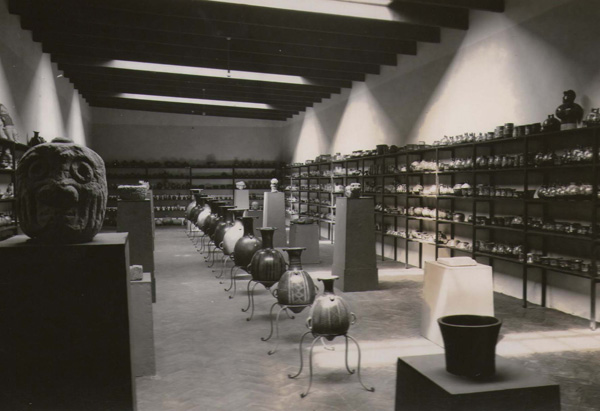
Museo Arqueológico Rafael Larco Herrera, Chiclín.
Later, in 1925, Rafael Larco Hoyle acquired a collection of vessels and other archaeological pieces from Alfredo Hoyle, the collection amassed by Dr. Mejía, from the Pampas de Ventura hacienda, and collections from the Chicama, Moche, Virú and Santa valleys.
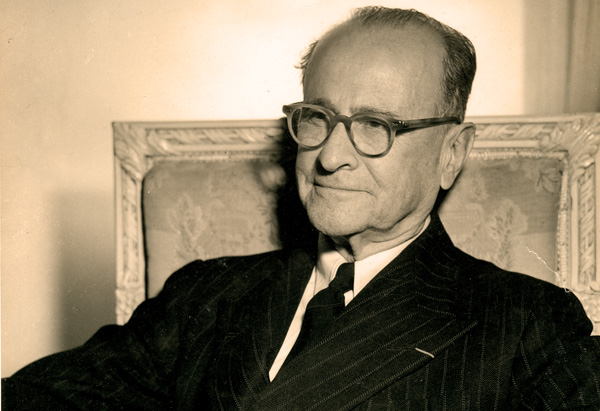
Rafael Larco Herrera (1872-1956).
It was on July 28th 1926, the anniversary of Peruvian independence, that Rafael Larco Hoyle established the Rafael Larco Herrera Archaeological Museum (the original name of the Museo Larco) at the Chiclín hacienda. He chose the name as a way of honoring his father, expressing his wish “to raise a monument in life to my father, who I admired so much as an example of elevated patriotism and for his love of our past”. (Museo, 1964).
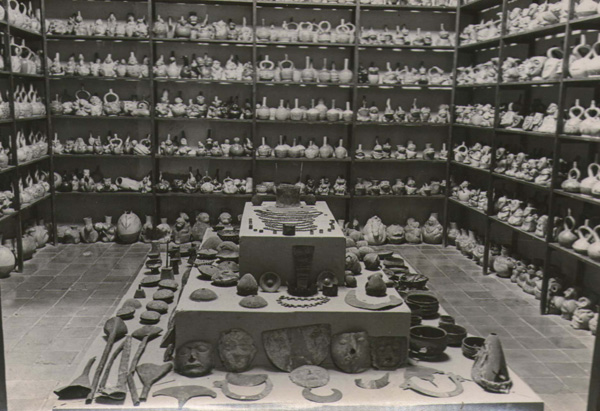
Museo Arqueológico Rafael Larco Herrera, Chiclín.
In 1933, in Trujillo, the acquisition was concluded of the Carranza collection, composed of more than 3000 objects. That same year, the museum was considerably enriched by the acquisition of the famous Roa collection from the Santa Clara hacienda, on the banks of the Santa River, composed of more than 8000 pottery objects, textiles and metal artifacts.
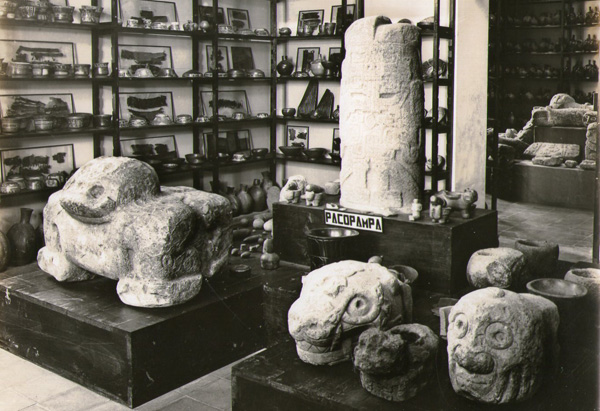
Museo Arqueológico Rafael Larco Herrera, Chiclín.
Rafael Larco made hundreds of trips throughout Peru, acquiring ancient artifacts. In Arequipa, Cusco and Puno, he managed to acquire pieces from the Puquina and Inca cultures, as well as the high plains styles found around Lake Titicaca. In Huancayo, Pukara and Ayacucho, he acquired pottery objects in the local styles. His trips to Ica, Nazca and Palpa led to the gathering of a collection of objects from the southern coast, which would be added to through the acquisition of several collections from that area. He also received a donation of sixty vessels from Mrs. María Larco de Dogni, and acquired part of the Enrique Jacobs collection.
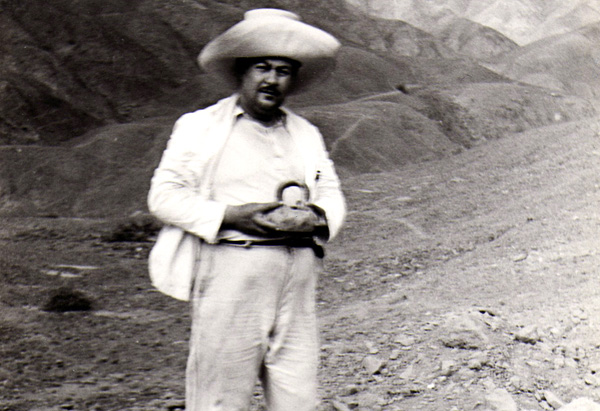
The fieldwork of Rafael Larco Hoyle.
From 1933 to 1941, Rafael Larco Hoyle conducted archaeological excavation work aimed at resolving the questions that arose during his study of the collection’s artifacts. The result of Rafael Larco’s archaeological discoveries and research was an extensive bibliography and the growth of the museum’s collection to include some 45,000 pieces.
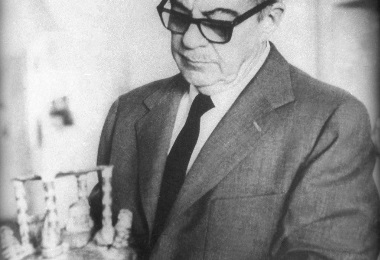
Rafael Larco Hoyle (1901-1966).
In the 1950s, Rafael Larco decided to move to Lima, taking the museum with him to the capital. “In this way, it could be seen and admired by people from every nation, and the archaeological material could be made available to men of science and scholarship from all over the world”. (Museo, 1964).
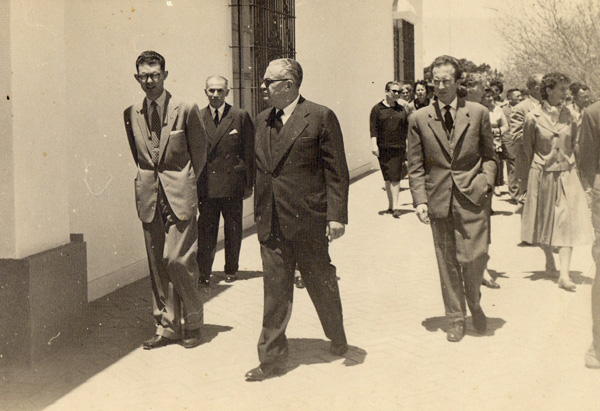
Opening of the museum in Lima.
In Lima, Rafael Larco bought a property owned by the Luna Cartland family. He remodeled this 18th century mansion through the addition of railings, doors, columns, beams and corbels recovered from the stately home of the marquises of Herrera y Villahermosa, in Trujillo.
Some fifty years after its move to Lima, the museum underwent a renovation process, in order to offer an unforgettably complete experience to every one of its visitors. Since that time, it has been known as the Museo Larco, and as a gateway to all those seeking a better understanding ancient Peru.
